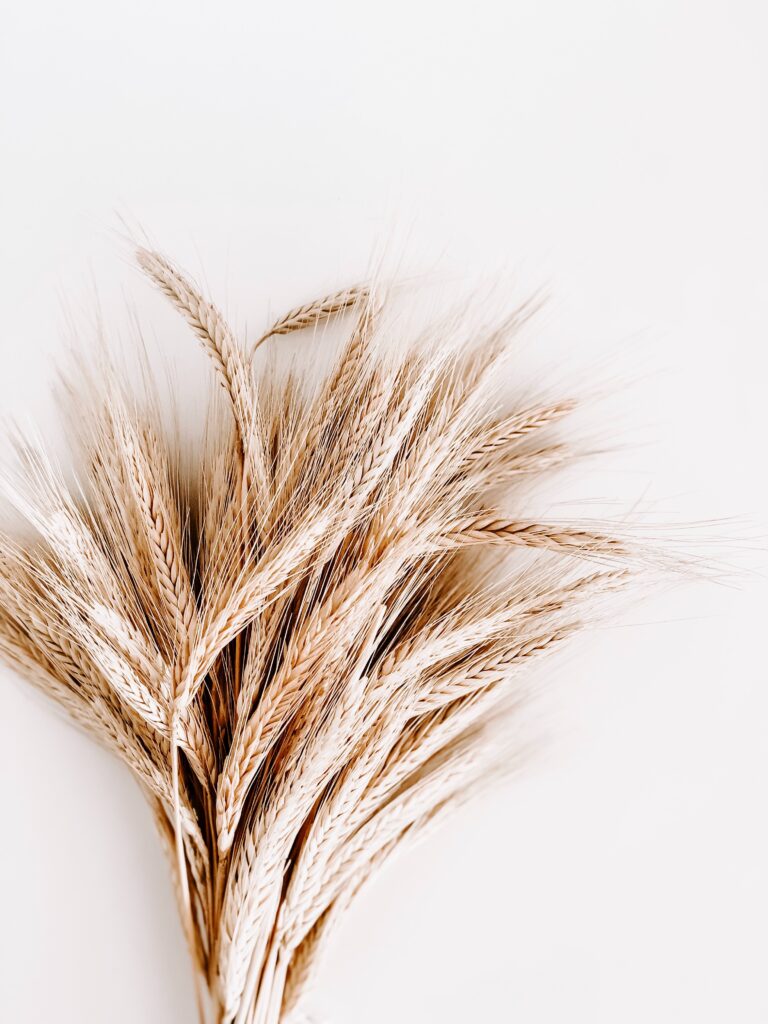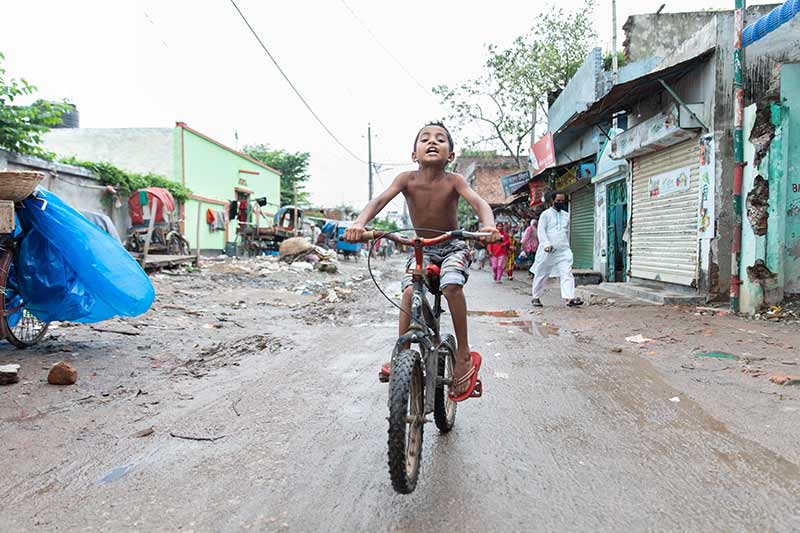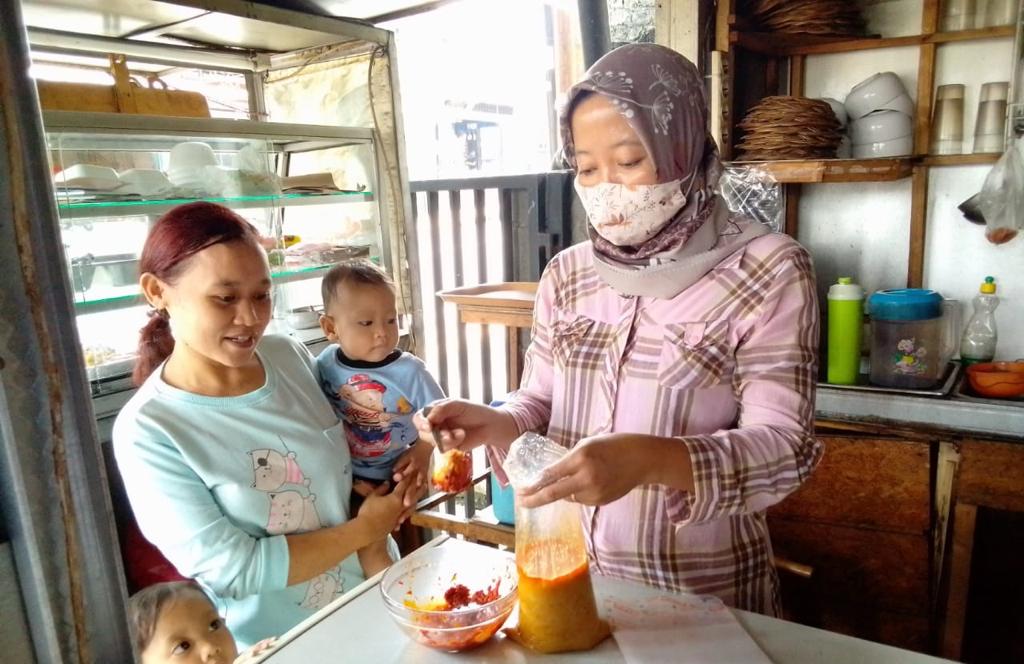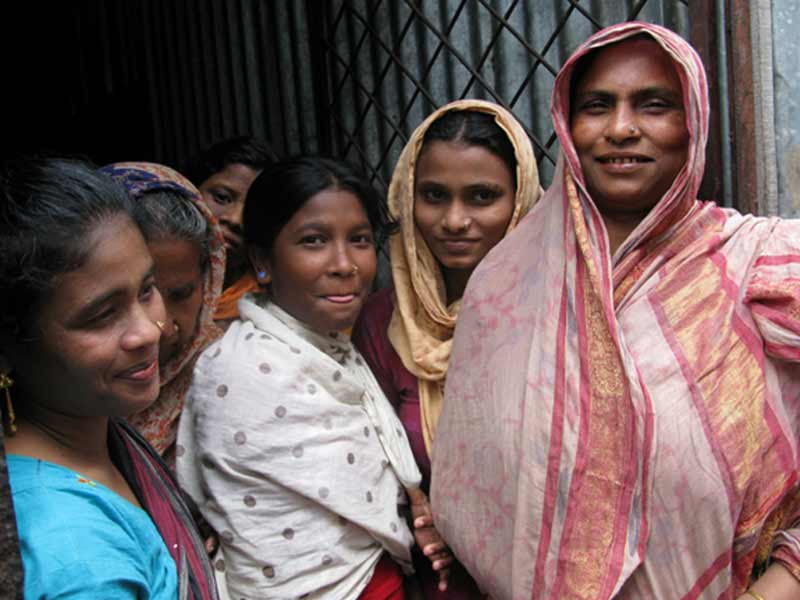
The outbreak of war between Russia and the Ukraine in February of 2022 sent global supply chains into crisis and food prices skyrocketing worldwide. By mid-year, international organizations were warning that food insecurity had “reached alarming levels” around the world.
Nowhere was this more true than in the Asia-Pacific region, where food systems already devastated by COVIDrelied heavily on Ukrainian and Russian grain and fertilizer imports.
However, in late July, a sliver of hope emerged.
The Black Sea Grain Initiative
On July 22, an agreement negotiated by the United Nations was signed between the Ukraine and Russia in Istanbul, Turkey. Known as the Black Sea Grain initiative, it would allow Ukrainian grain and fertilizer exports to resume through a humanitarian corridor in the Black Sea, with Russia lifting their blockade in exchange for the right to export their own grain and fertilizer without economic sanction.
Within a few months, millions of tons of grain and other foodstuffs had been exported around the world, causing global food prices to drop 14%.
Yet, despite this, the problem was far from solved.
An “unprecedented” food crisis
Even when food prices fell, they remained significantly higher than in 2021, when they were already well above average due to the COVID pandemic. Moreover, the ongoing conflict meant that an estimated 30% of Ukrainian farmland would not be harvested during the 2022 season. This left the UN warning of “long-term and dire consequences on global food security and nutrition.”
Then, at the end of October, Russia resumed their blockade of Ukrainian ports, and food prices began to spike again.
There is a reason the World Food Programme is calling it “a food crisis of unprecedented proportions.” The thing is, the War in Ukraine is only one piece of the puzzle.
An era of rapid shocks
Even before the outbreak of conflict in Ukraine, the COVID pandemic had pushed global food prices to a ten year high, as hundreds of millions more people around the world – including over 150 million in Asia-Pacific – became food insecure.
Add to that the ongoing extreme weather events related to climate change, and the global shocks which cause food crises are, in the words of the Global Report on Food Security, “continuous and relentless.”
One need only look at a country like Pakistan to understand the issue. As the country tried diligently to recover from the devastating effects of the pandemic, their food supply chain was thrown into crisis by conflict between Russia and the Ukraine, whom they relied upon for much of their grain imports. Then, they were suddenly struck by unprecedented flooding, decimating local food production and leaving the country in the midst of a full-fledged “nutrition disaster.”
Yes, the War in Ukraine has spiked food insecurity, but it is only one part of the “continuous and relentless” succession of shocks which define the modern world.
What can be done to fight growing food insecurity in Asia-Pacific?
Check out How to Safeguard Asia-Pacific from Future Pandemics to learn more.



